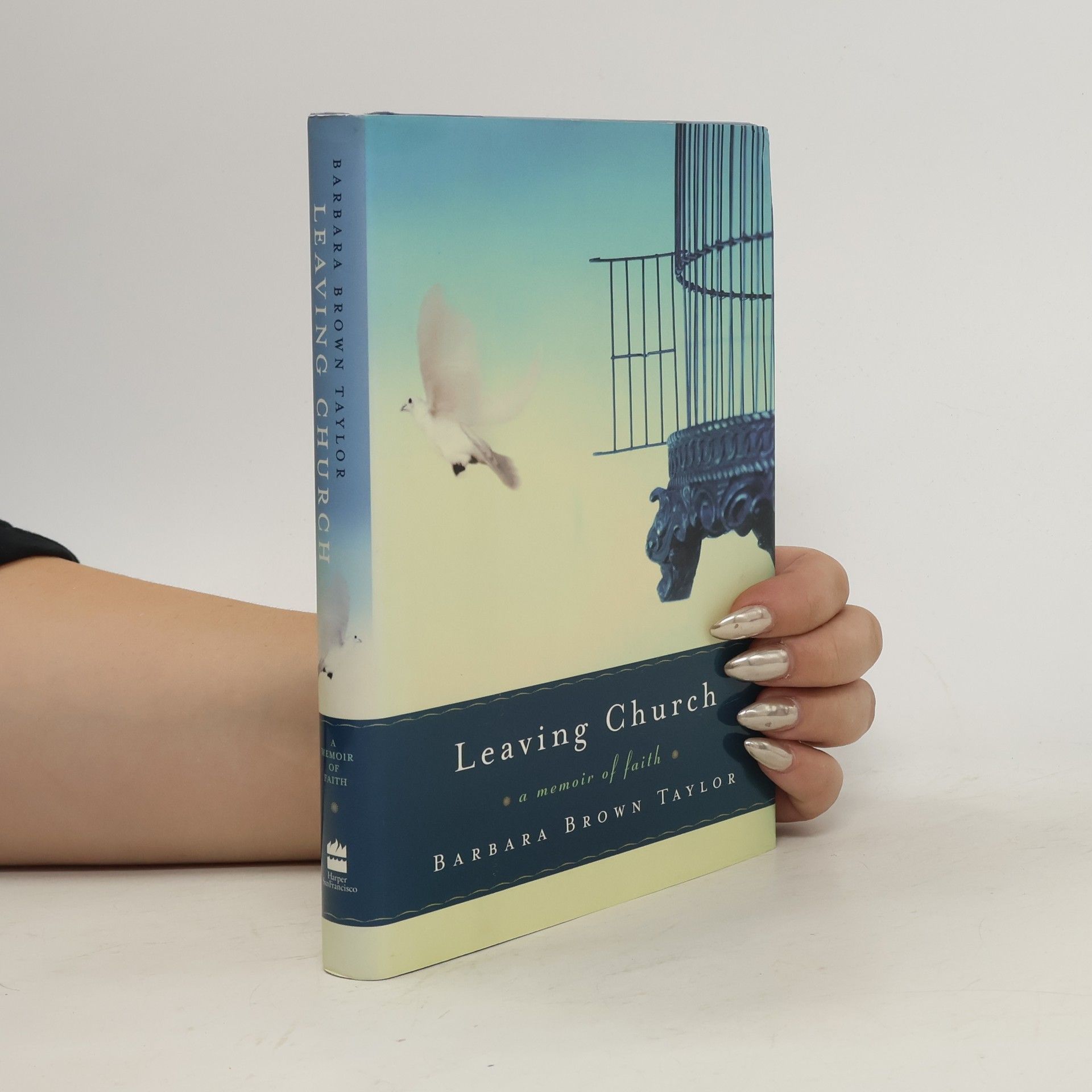As Barbara Brown Taylor reminds us, the Israelites received the bread of angels― manna―as they made their way through the wilderness. So too is God made known to us in the simple things that sustain our lives. With humor and an eye for human stubbornness, Taylor points to just how much like the people of scripture we can be―stiff-necked and ungrateful in the face of God's bounty.Taylor moves through the span of the Bible in her search for divine love. In the stories of Moses, David, and Daniel she picks up its trace in reversals and surprises. She refreshes our perspective on Pentecost and its aftermath in a sermon sequence on the Book of Acts. And at book's center radiates her stunning parable of the Incarnation, “God's Daring Plan.”With characteristic flair, Taylor grounds her exegetical enterprise on jokes and stories packed with truth. As pleasurable as they are profound, her meditations on the life of faith and the cost of discipleship will instruct the preacher and delight the reader.
Barbara Brown Taylor Livres
Barbara Brown Taylor est une auteure et enseignante renommée dont l'œuvre explore de profondes questions spirituelles et existentielles d'une voix distincte et poétique. Elle décortique avec maestria la relation complexe entre la foi, le monde naturel et l'expérience humaine, invitant les lecteurs à découvrir le sacré dans le quotidien. Son écriture se caractérise par une profonde contemplation et une prose perspicace, offrant de nouvelles perspectives sur la quête universelle de sens et de connexion. L'approche littéraire de Taylor encourage un engagement plus attentif avec la vie, révélant les dimensions spirituelles souvent négligées dans nos routines quotidiennes.



Learning to Walk in the Dark
- 200pages
- 7 heures de lecture
New York Times Bestseller From the New York Times bestselling author of An Altar in the World, Barbara Brown Taylor’s Learning to Walk in the Dark provides a way to find spirituality in those times when we don’t have all the answers. Taylor has become increasingly uncomfortable with our tendency to associate all that is good with lightness and all that is evil and dangerous with darkness. Doesn’t God work in the nighttime as well? In Learning to Walk in the Dark, Taylor asks us to put aside our fears and anxieties and to explore all that God has to teach us “in the dark.” She argues that we need to move away from our “solar spirituality” and ease our way into appreciating “lunar spirituality” (since, like the moon, our experience of the light waxes and wanes). Through darkness we find courage, we understand the world in new ways, and we feel God’s presence around us, guiding us through things seen and unseen. Often, it is while we are in the dark that we grow the most. With her characteristic charm and literary wisdom, Taylor is our guide through a spirituality of the nighttime, teaching us how to find our footing in times of uncertainty and giving us strength and hope to face all of life’s challenging moments.
One of America's most renowned and beloved preachers eloquently tells the moving and delightful story of her search for her own authentic way of being Christian, even when it meant giving up her pulpit. Through the struggles starting and sustaining a small church in rural north Georgia, Barbara Brown Taylor's journey from city to country, from full–time ministry to university professor is insightful, humorous, and wonderfully human. After ten years in a big urban church, Taylor arrives in Clarkesville (population 1500) to discover that she is one of the few professional women in town as well as the only woman in charge of a congregation. After five and a half years, and significant church growth, she finds herself with "compassion fatigue," and when an offer comes to leave the church for an opening in the department of religion and philosophy at a local college, Taylor jumps at the chance, despite her feelings that she is betraying the church and losing a part of her identity. Academic life challenges her faith in new ways as Taylor is reminded of the deep, nagging questions in the Christian story. Even though she has "left the church," Taylor realizes it is possible to "keep the faith," although not in a way that will fit back inside the orthodox Christian box. Anyone who has experienced doubts about his or her chosen vocation, or those who are drawn to worship God in community but who have a hard time finding a church that speaks to their real questions about faith in the twenty–first century, will find a kindred spirit in Taylor.